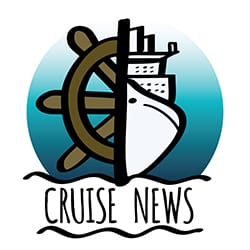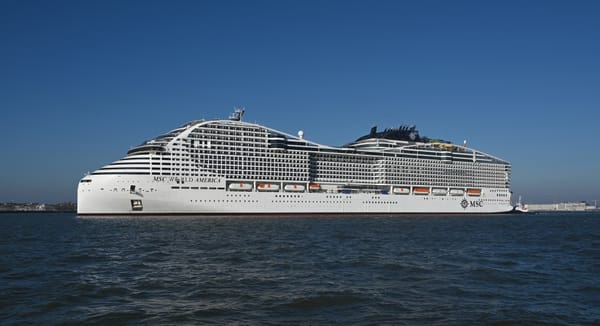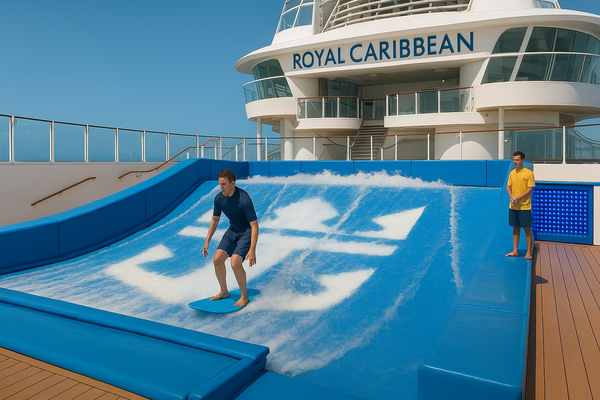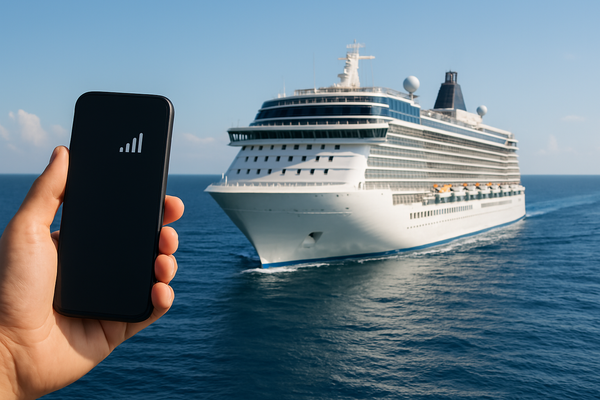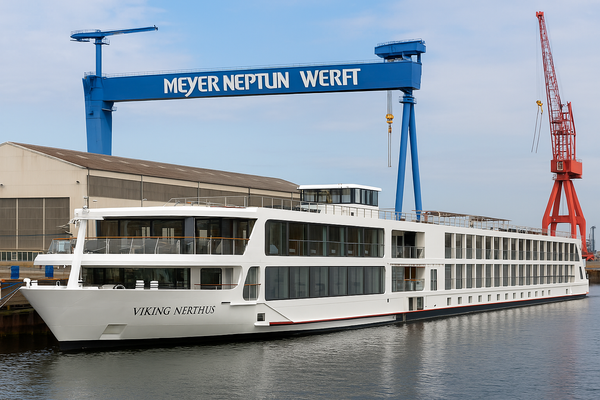Alaska Tackles Rising Cruise Ship Water Quality Violations
Alaska addresses a surge in cruise ship water quality violations, emphasizing the balance between economic benefits and environmental sustainability.
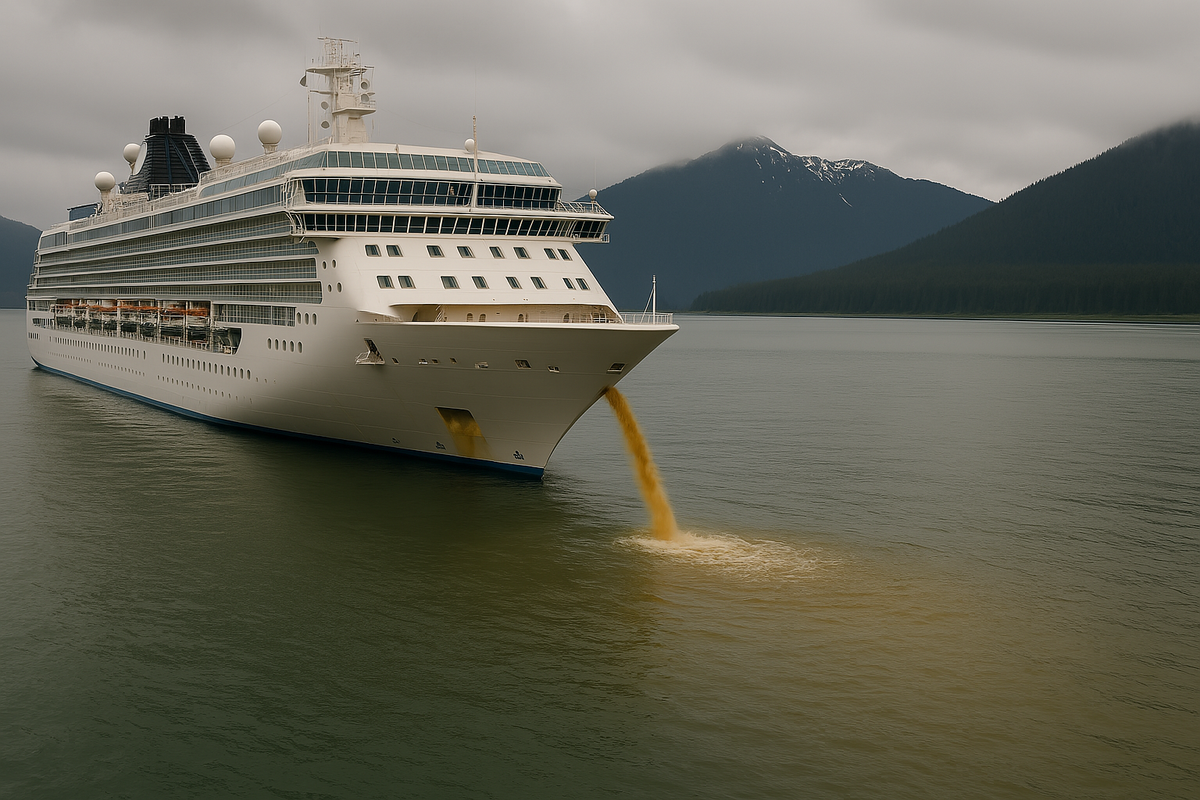
Alaska has long been a top cruise destination, famed for its breathtaking landscapes, vibrant wildlife, and historic seaside communities. However, concerns about environmental impacts, water quality violations, and the strain on local resources have grown alongside cruise traffic to the state. Recent data presented to Alaska lawmakers sheds light on the challenges and actions being taken to address these issues within the cruise industry.
Increase in Water Quality Violations
The Alaska Department of Environmental Conservation (DEC) recently reported a marked increase in water-quality violations—known as exceedances—associated with cruise ships operating in the state. From 2015 to 2018, when onboard monitors known as Ocean Rangers oversaw wastewater discharges, annual exceedances ranged between 20 and 25 cases. However, since the program ended in 2019, the figure has climbed to over 75 violations annually, more than double the average during the Ocean Ranger period.
The violations concern limits on gray water, sourced from ship kitchens, sinks, and showers, as well as black water, which is treated sewage. Inspections are carried out using water samples, with 1,400 to 1,800 collected annually by state officials.
What Led to the Surge in Violations?
Several factors have contributed to the uptick in violations. The abolition of the Ocean Ranger program in 2019 eliminated proactive monitoring aboard ships, leaving enforcement agencies to act only after violations happen. Additionally, cruise ship arrivals have surged, rising from under 1 million visitors in 2015 to 1.65 million in 2023, with estimates indicating the possibility of 1.9 million arrivals this year.
“We are seeing an increase in exceedances, but also an increase in compliance actions post-Ocean Ranger,” stated Gene McCabe, Director of the Alaska Division of Water, during a recent briefing to lawmakers.
Glacier Bay: A Model of Enhanced Environmental Inspection
In response to the loss of the Ocean Ranger program, Glacier Bay National Park has implemented its own Environmental Monitoring and Compliance Program since 2022. Funded by the cruise industry, third-party inspectors conduct unannounced inspections of ships entering the park. These vessels face stricter environmental standards, including total bans on water discharges and mandatory use of low-sulfur fuels.
While ships do not dock at Glacier Bay, the scenic cruising experience is heavily regulated to ensure compliance with water quality standards. Similar measures are being considered for other sensitive ecosystems across Alaska.
Economic Contributions vs. Environmental Costs
The cruise industry provides significant economic benefits to Alaska. In 2023 alone, cruise travelers spent $375 million directly in Juneau, the state’s primary cruise port. Across the state, the broader economic impact reaches $4.5 billion, including $3.7 billion in labor income generated by tourism-related jobs.
However, local communities are beginning to question whether these economic benefits justify the environmental costs. Residents in Ketchikan, for example, have raised concerns about overcrowding, noise pollution, and lost access to once-tranquil areas like Ward Lake. “When the cruise ships depart, much of their revenue goes with them,” remarked Lincon Hauser, a local business owner.
Industry Measures and Gaps in Regulation
Cruise lines have implemented steps to reduce their environmental footprint, such as shore-power systems to curb emissions and advanced wastewater treatment systems. Additionally, Holland America Line and Princess Cruises diverted over 760,000 pounds of material from landfills in Alaska last year.
Despite these efforts, concerns remain. The widespread use of exhaust gas cleaning systems, or scrubbers, has drawn criticism for discharging harmful byproducts into the ocean. Experts contend that such practices may exacerbate environmental problems, especially given the risks linked to climate change and ocean acidification.
Balancing Tourism Growth and Sustainability
Local governments are taking steps to manage the exploding cruise industry. Juneau, for instance, established a daily cap of five ships and a berth limit to minimize overcrowding. Proposals for passenger caps have been debated in Sitka and other communities, reflecting ongoing tension between economic interests and environmental conservation.
Residents and tour operators alike stress the need for dialogue and innovation in balancing tourism growth with protecting Alaska’s pristine ecosystems. As Teague Whalen, a local guide, put it, “What is going to be a healthy balance for our environment, our town, and the people who live here?”
With stricter standards in iconic locations like Glacier Bay and ongoing policy debates in cruise hubs, Alaska represents a microcosm of broader issues facing global cruise tourism today. Communities, regulators, and industry leaders must work together to chart an environmentally and economically sustainable path forward.
What caused the increase in wastewater violations in Alaska’s cruise industry?
Violations grew after the Ocean Ranger program, which monitored onboard environmental discharges, was abolished in 2019. Increased cruise activity, with record passenger numbers, has further contributed to the rise in violations.
What steps are being taken to mitigate environmental impacts in Glacier Bay National Park?
Glacier Bay implemented the Environmental Monitoring and Compliance Program, which conducts unannounced inspections funded by the cruise industry. Ships entering the park must comply with standards prohibiting water discharges and requiring low-sulfur fuels.
How does the cruise industry impact Alaska’s economy?
The cruise industry generates over $4.5 billion annually in economic impact, including $3.7 billion from jobs and labor income. Direct spending by tourists exceeds $375 million in Juneau alone.
What are scrubbers, and why are they controversial?
Scrubbers are exhaust gas cleaning systems that reduce air pollution by removing sulfur oxides from emissions. However, the discharge from open-loop scrubbers can harm marine life and worsen ocean pollution, prompting criticism from environmental advocates.
Are passenger limits for Alaska cruises being explored?
Yes. Initiatives like the five-ship daily cap in Juneau and Sitka’s proposed passenger limits illustrate efforts to curb overcrowding and balance economic benefits with environmental preservation.
